Key Takeaways
- Beetles have incredibly diverse diets—ranging from plants and other insects to household items like wood, fabric, and stored foods.
- Not all beetles are harmful; some, like ladybugs and ground beetles, actively protect your garden by controlling unwanted pests.
- Certain beetles play an essential ecological role by recycling waste, such as dung beetles and carrion beetles.
- Some beetles pose significant risks indoors, notably carpet beetles (fabric damage) and powderpost beetles (wood damage).
- Beetle dietary habits often differ dramatically between larvae and adult stages, crucial for correctly managing pest issues.
- Practical preventive measures—such as sealing entry points, securing food, adjusting lighting, and regular cleaning—can significantly reduce beetle infestations.
 You have probably seen staring at the beef around your house or sometimes searching for your garden. But honestly, have you ever stopped to think – what is it really on small creatures? Understanding the beetle diet is not just a curious fact; This can help you protect your home and garden from unwanted attacks.
Here’s the thing: beetles are astonishingly diverse. With over 350,000 species globally and about 30,000 in the U.S., their eating habits vary widely. Knowing precisely what beetles prefer can save you plenty of hassle later. Let’s unravel the mystery, shall we?
You have probably seen staring at the beef around your house or sometimes searching for your garden. But honestly, have you ever stopped to think – what is it really on small creatures? Understanding the beetle diet is not just a curious fact; This can help you protect your home and garden from unwanted attacks.
Here’s the thing: beetles are astonishingly diverse. With over 350,000 species globally and about 30,000 in the U.S., their eating habits vary widely. Knowing precisely what beetles prefer can save you plenty of hassle later. Let’s unravel the mystery, shall we?


Not getting a solution?
Get your free pest control estimate today!Beetles in Your Garden: Allies or Enemies?
Most beetles are plant-eaters, and you might initially think, “Oh, good—they’re vegetarian!” But hold on—vegetarian doesn’t always equal harmless, especially when your garden is at stake. Let’s start with Japanese Beetle. Have you ever seen shiny, emerald-green beetle chewing holes in your prized roses or grape leaves? Yes, they are Japanese Beetle. They cause flocks in summer, havoc that can quickly increase to lump sum destruction due to loss of minor leaf. Next, there are Weevils. To be honest, is there anything worse than spotting beetles in your home? Picture pouring your morning cereal and seeing small, crawly bugs. Weevils have a bad habit of infesting pantries, feeding on flour, rice, pasta, and grains, destroying your food stores and morning appetite. And we can’t overlook Leaf Beetles. Picture your beautiful tomato plants thriving one day and riddled with holes the next. Often colorful and deceptively pretty, leaf beetles will happily snack on tomatoes, eggplants, and potatoes, transforming your gardening pride into frustration overnight.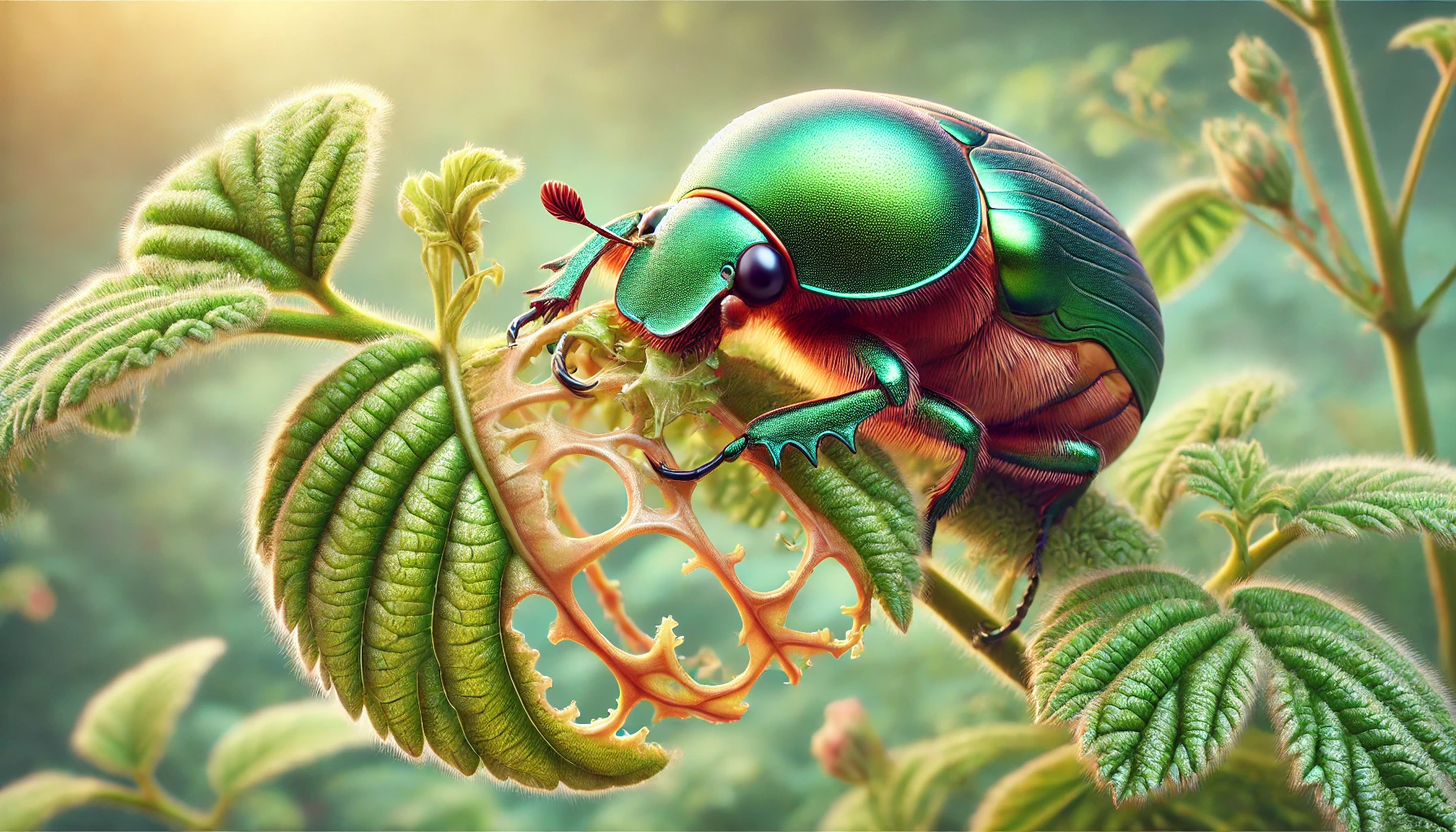
Some Beetles Have Your Back!
You know what? Not every beetle out there is terrible news. Believe it or not, some beetles help maintain your garden’s health by preying on pests you’d rather not deal with yourself. Take everyone’s favorite—the charming Ladybug. Apart from being a symbol of good luck, these tiny red and black beetles are voracious predators of aphids, mites, and scale insects. Just seeing one might make you smile, but knowing they’re natural pest controllers should make you even happier. Then you’ve got the hardworking Ground Beetles, the unsung nighttime heroes of your garden. They quietly patrol after dark, feasting on harmful creatures like slugs, caterpillars, and even pesky snails. These beetles might go unnoticed, but they are crucial in keeping your garden safe and pest-free. And let’s not forget the speedy Tiger Beetles. While gardening, these agile hunters dart around your feet, swiftly eliminating ants, spiders, and other unwelcome garden guests. You probably won’t even spot them, but their impact is undeniable.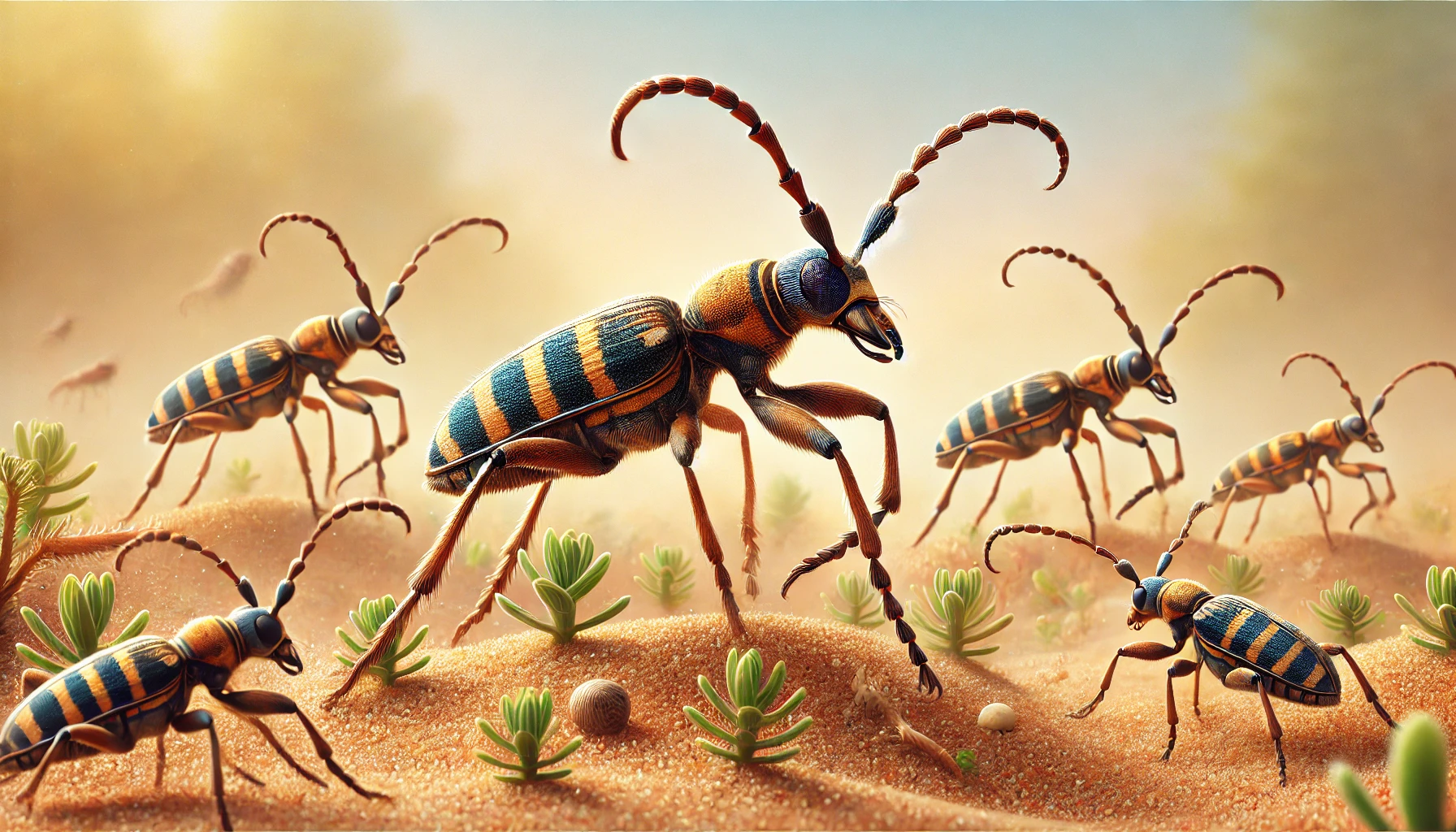
Nature’s Cleanup Crew: Scavenger Beetles
Did you know beetles are nature’s mini sanitation department? Some beetles specialize in cleaning up waste and recycling nutrients into the soil. They’re essentially tiny janitors that help keep our environment clean and balanced. Consider the humble Dung Beetle—sure, its dietary choice is unconventional (to say the least!). Still, dung beetles fertilize the soil by consuming animal droppings and drastically cut down fly populations. Their role might seem quirky, but it’s incredibly valuable. Similarly, Carrion Beetles speed up the breakdown of deceased animals, playing a critical role in nutrient cycling. It might sound gruesome, but their work helps maintain a clean, healthy environment. And then there are the Fungus Beetles. These little moisture-lovers feed on mold and fungus, reducing unwanted fungal growth in damp corners of your home or garden. Handy little helpers, right?
Beetles That Could Ruin Your Home
Alright, now onto the less enjoyable topic: beetles that become homewreckers. These beetles have a taste for your home’s essential materials—wood, fabrics, and even your food. First up, Powderpost Beetles. If you notice tiny, pin-sized holes and powdery sawdust on wooden furniture or beams, you might have a powderpost beetle problem. They’re quietly damaging the structural integrity of your home, and it’s usually too late by the time you spot evidence. Then there’s the dreaded Carpet Beetle. Ever discover mysterious holes in your clothes or rugs? Carpet beetle larvae are probably the culprits, feasting on wool, silk, leather, and other natural fibers. Interestingly, adult carpet beetles mostly snack on pollen outdoors—but their larvae become your home’s fabric nightmare.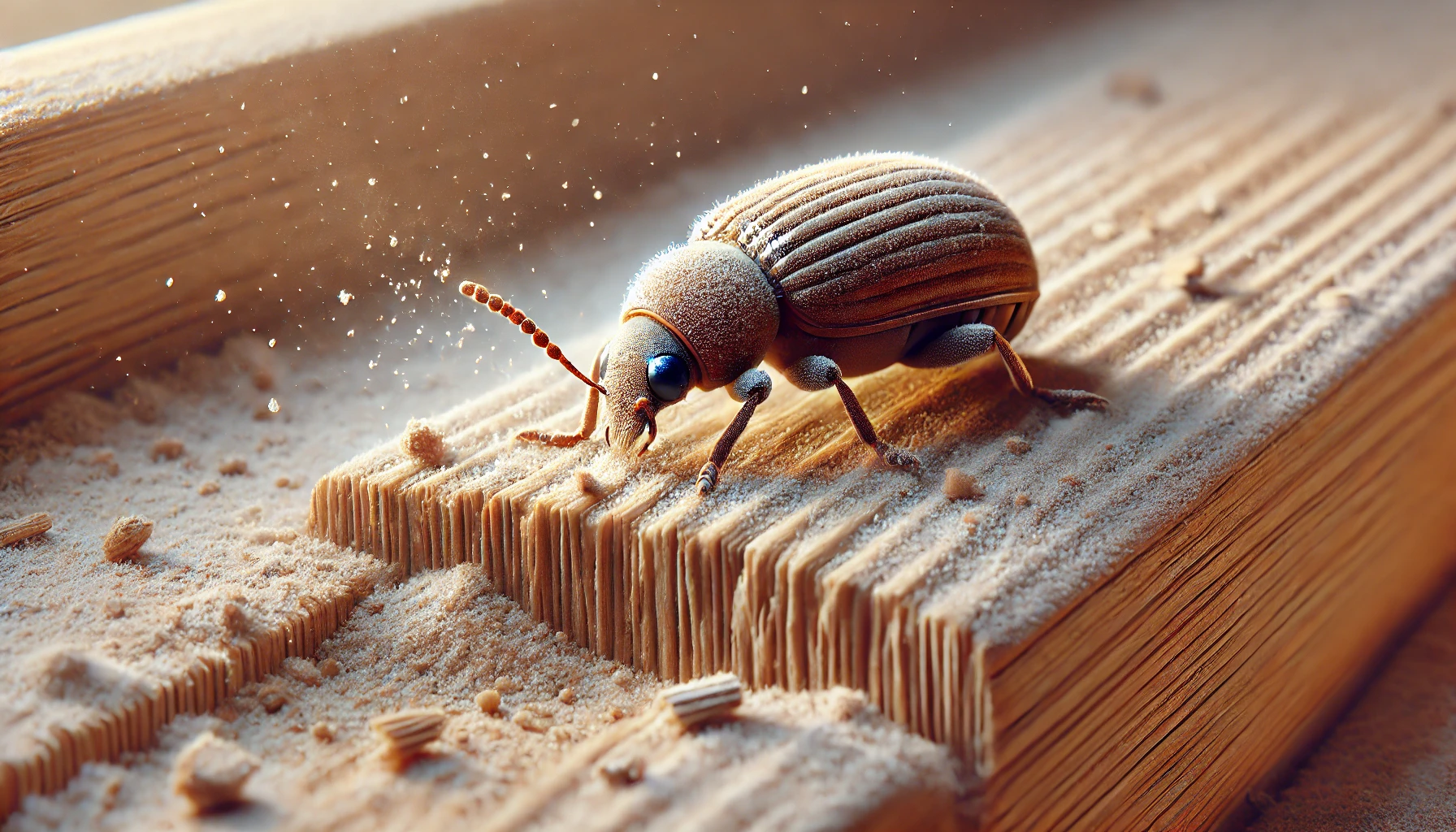
Pantry Invaders: Unwanted Beetle Guests in Your Kitchen
Nothing ruins your day faster than finding beetles where your food is stored. Pantry beetles can infest and spoil your food, creating both messes and misery. Pesky Flour Beetles love your baking supplies—flour, cereal, pet food, and spices. Once they’ve moved in, evicting them feels impossible. And then there are Grain Beetles, similar pests with a fondness for cereals, nuts, and dried fruits. Early detection and intervention are key, or you could throw away expensive groceries.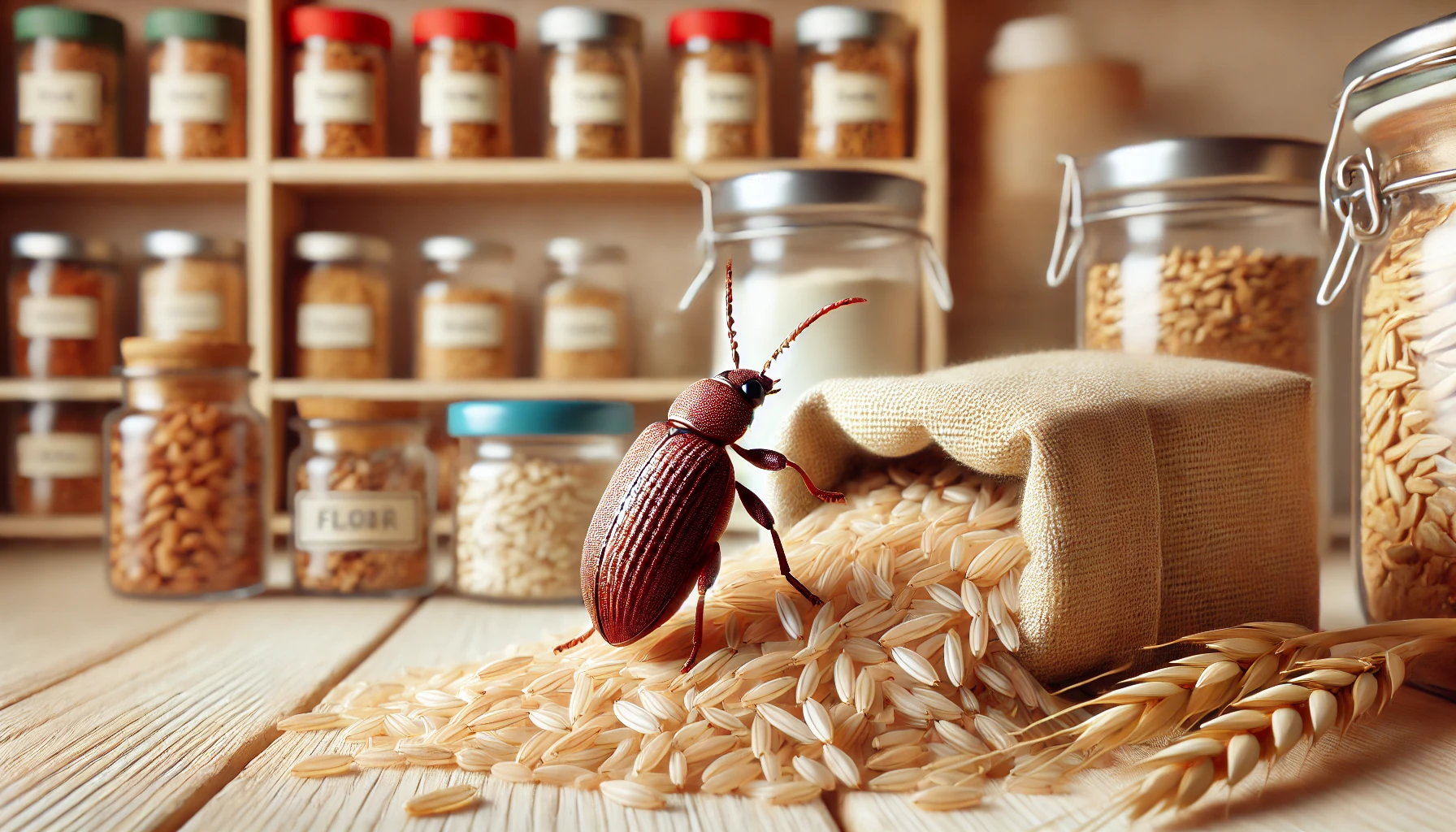
Different Stages, Different Diets
Here’s something intriguing: beetles often change their diets from larvae to adult stages. Recognizing this can drastically improve your approach to pest management. For example, Carpet Beetle adults prefer outdoor pollen, while larvae feast on your indoor fabrics. Knowing this helps you identify the trustworthy source of an infestation. Similarly, adult Stag Beetles feed on sap and decaying fruits, while larvae munch on decaying wood underground. They’re rarely problematic indoors, but understanding their lifecycle eliminates inspection confusion.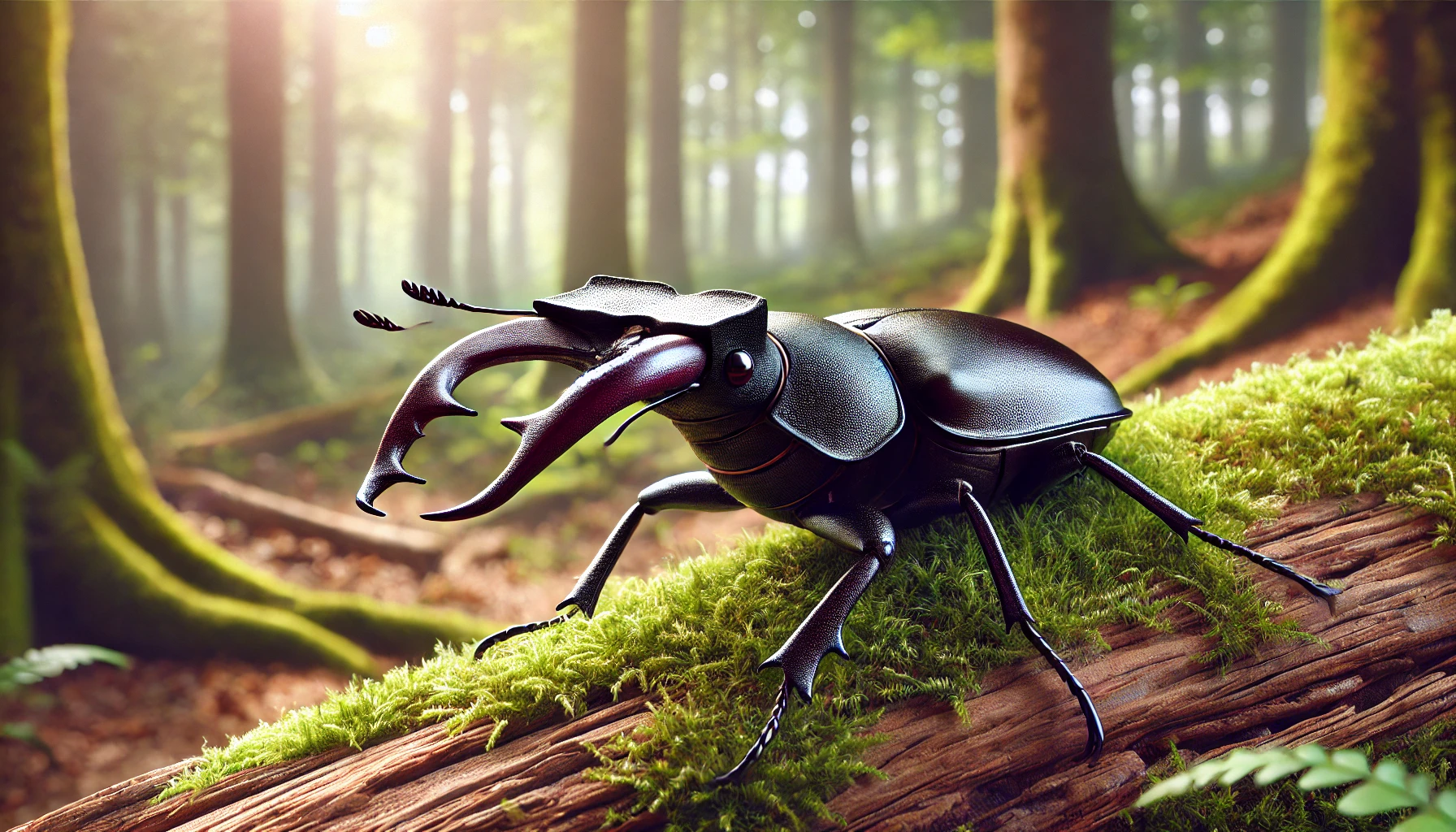
Practical Ways to Keep Beetles Out of Your Home
- No one wants to spend their weekend battling beetles, right? Here are some straightforward yet practical tips to keep your home beetle-free:
-
Store Food Securely: Use airtight containers for pantry items and check regularly for signs of beetle contamination.
-
Regular Cleaning: Vacuum and clean frequently, especially in hidden or undisturbed areas where beetles may hide.
-
Seal Entry Points: Inspect and seal cracks or gaps in walls, windows, and doors to block beetle access.
-
Adjust Your Lighting: Swap out bright white lights for yellow or amber LED bulbs to make your home less attractive to beetles.
-
Stay Alert: Inspect clothing, furniture, and storage areas often—early detection helps prevent full-blown infestations.
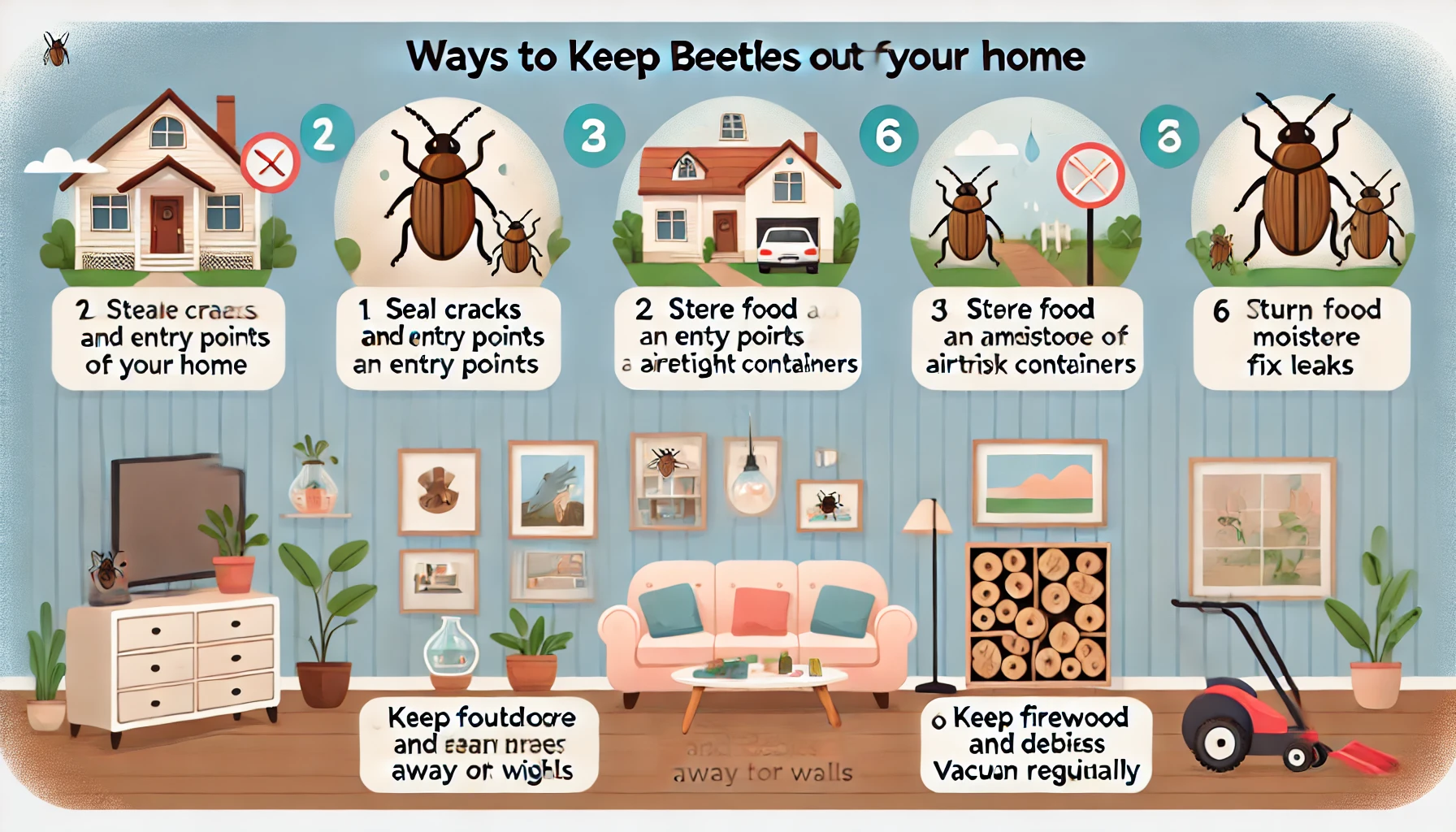 If you feel things have gone out of control, it is advised to contact pest control professionals. Our team can provide a customized approach to protect your home effectively.
Visit our Species, Control, and DIY Guide sections for additional resources on beetles and ways to tackle a beetles infestation.
If you feel things have gone out of control, it is advised to contact pest control professionals. Our team can provide a customized approach to protect your home effectively.
Visit our Species, Control, and DIY Guide sections for additional resources on beetles and ways to tackle a beetles infestation.





